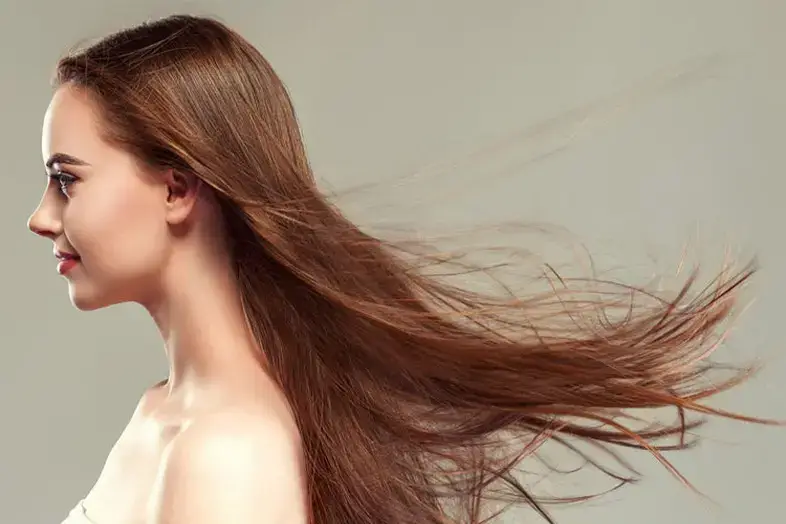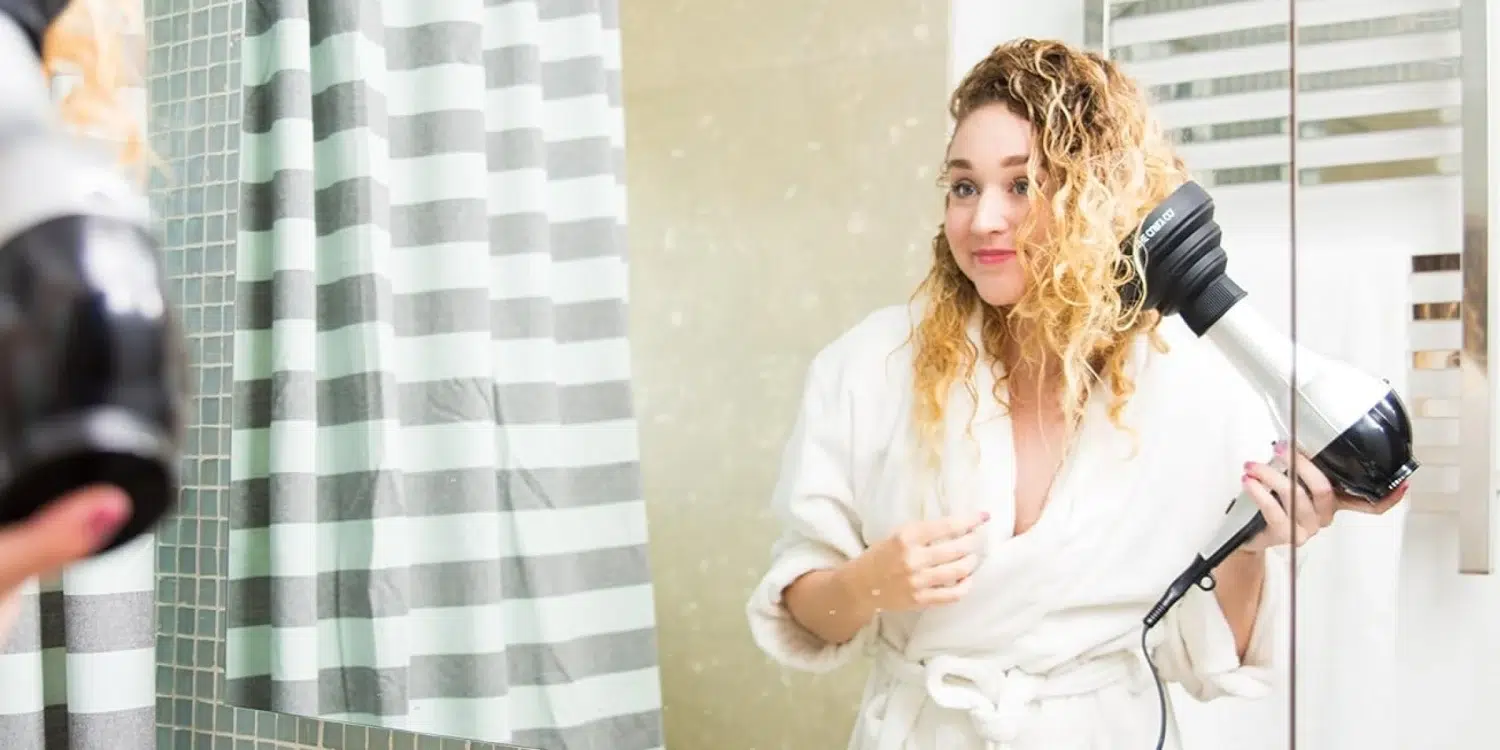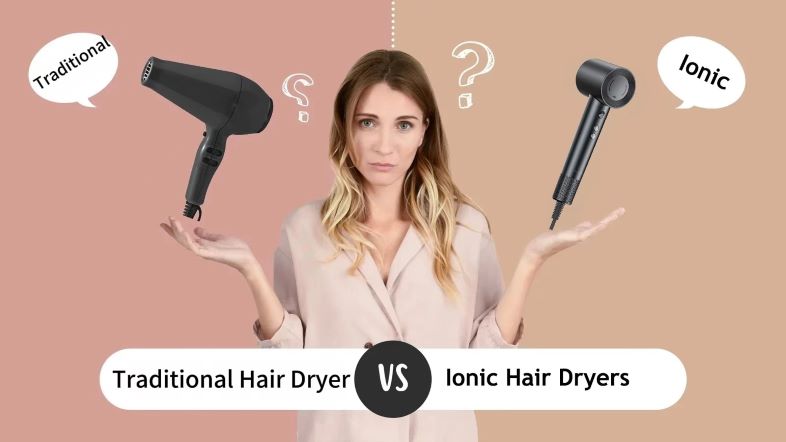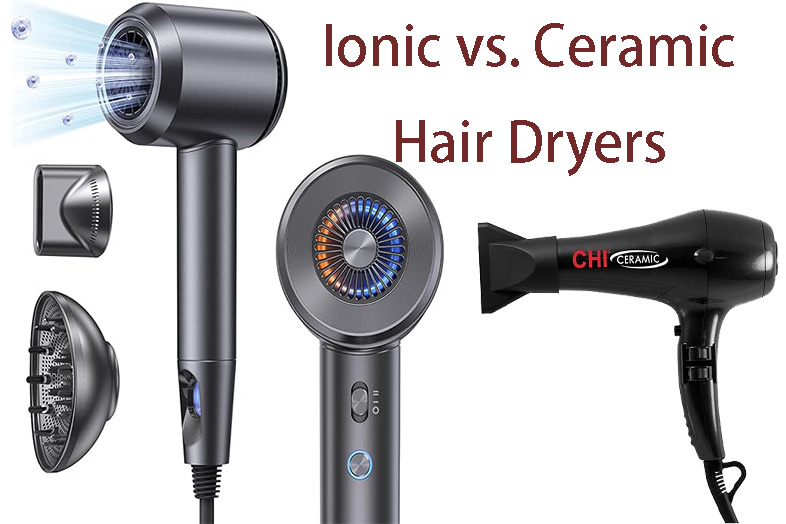Hey there, gorgeous! Welcome to our cozy corner where we chat about all things hair, especially how to ditch that hair dryer and still get fabulous results. Let’s dive right in, shall we?
Understanding the Basics of Hair Drying Without Heat
Did you know your hair can look absolutely stunning without the sizzle of a hair dryer? It’s all about understanding the natural drying process. Hair drying without heat is like giving your hair a mini-vacation, letting it relax and dry at its own pace. It’s not just about patience, though – there are techniques and tricks to make this process efficient and hair-friendly. We’re talking about gentle towel drying, air-drying methods, and even some fun DIY hacks that will surprise you!
Benefits of Avoiding Hair Dryers
Now, why should you give your hair dryer a break? First off, heat styling, including drying, can be tough on your hair. It can cause breakage, split ends, and dullness. By going heat-free, you’re allowing your hair to retain its natural moisture, keeping it shiny and healthy. Plus, it’s a time-saver in the morning and an electricity bill-saver too! And let’s not forget the environmental aspect – less energy used means a happier planet.
Pre-Drying Prep
Alright, let’s get our hands (and hair) wet with some pre-drying prep!
Choosing the Right Towel

Believe it or not, the towel you use can make a big difference. We want a towel that’s kind on our hair, right? Microfiber towels are the superheroes here – they’re super absorbent and reduce friction, which means less frizz and breakage. Cotton t-shirts can also be a gentler alternative to traditional towels. So, let’s ditch the rough towels and treat our hair with the care it deserves.
The Art of Towel Drying
Towel drying is not just about rubbing your hair dry; it’s an art! After washing, gently squeeze out the excess water without wringing your hair (we’re not doing laundry here!). Then, wrap your hair softly in your chosen towel or t-shirt. This method helps absorb water without causing damage. Remember, be gentle – your hair is most vulnerable when it’s wet.
Natural Drying Techniques
Moving on to some natural magic!
Air-Drying: Best Practices
Air-drying is as simple as it sounds, but a few best practices can make a huge difference. First, don’t tie your hair up; let it loose. If you’re indoors, find a well-ventilated area. Outdoors? Even better – let nature do its work, but remember to protect your hair from direct sunlight. While your hair is drying, you can gently finger-comb or use a wide-tooth comb to detangle, starting from the ends and working your way up. And a little secret – if you’re in a hurry, walking around or doing light activities can actually speed up the drying process!
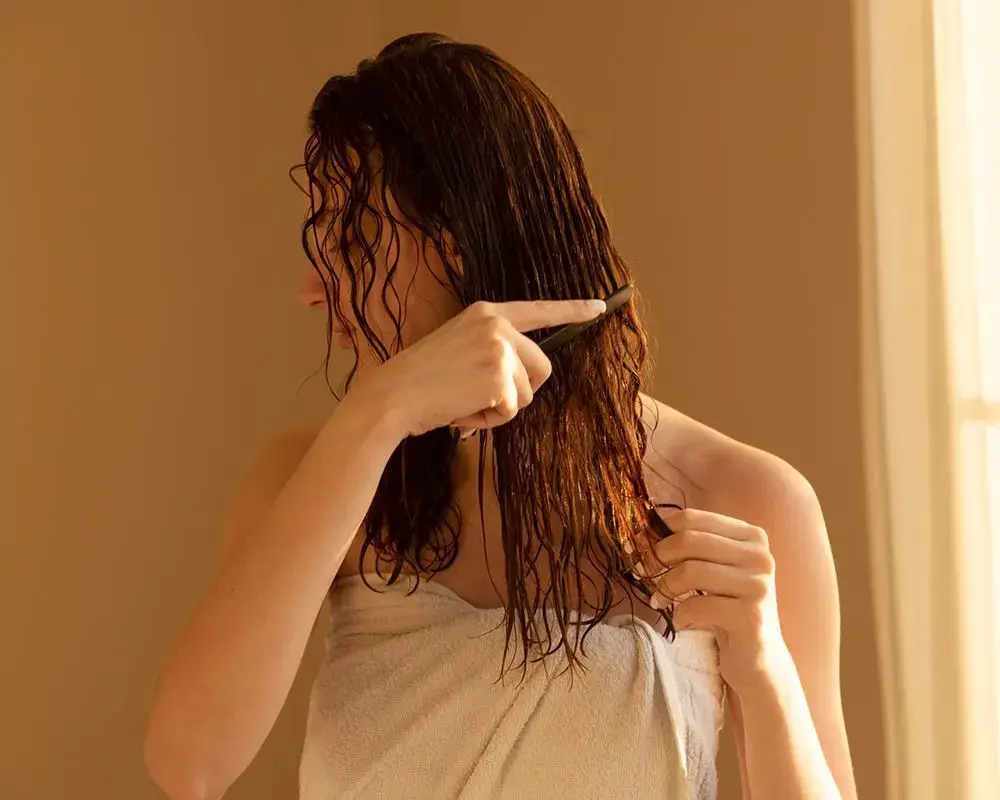
The Power of Absorption: Using Microfiber or Cotton
Choosing the right material for drying can be a game-changer. Microfiber towels are designed to absorb water quickly and efficiently, making them perfect for a fast yet gentle drying experience. They’re like little sponges for your hair but way softer and kinder. If you’re more of a DIY enthusiast, a clean cotton t-shirt can be a great alternative. It’s gentle, and the smooth surface means less frizz and fewer tangles. Just wrap your hair and let the cotton work its magic. This method is particularly great for curly-haired beauties who want to keep their curls intact and frizz-free.
And there you have it! A friendly guide to getting your hair dry without the heat, keeping it healthy, happy, and looking fabulous. Remember, the best beauty routines are those that align with your lifestyle and hair needs. So have fun experimenting and finding what works best for you. Happy drying!
Enhancing Natural Drying
Combining Air-Drying with Gentle Movement
Let’s talk about making the most out of air-drying. Did you know that gentle movement can significantly speed up the drying process? That’s right! While your hair is damp, try going for a brisk walk or simply moving around your home. The natural flow of air as you move helps to wick away moisture, drying your hair more quickly than sitting still. Just remember to be gentle – no vigorous head shaking, please! We want happy, healthy hair at the end of the process.
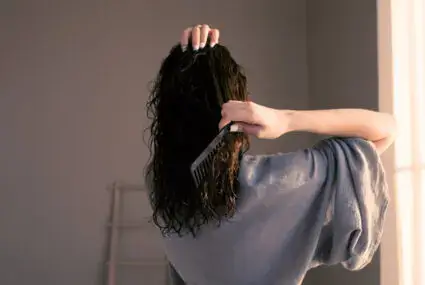
Using Natural Airflow to Your Advantage
Now, let’s use what Mother Nature gave us – good ol’ natural airflow. On a breezy day, stand or sit by an open window and let the natural air do the work. This is a fantastic, energy-saving method to speed up drying, especially if you live in a place with a gentle climate. Just be mindful of the humidity level – too much moisture in the air can slow down the process.
Creative Methods for Faster Drying
Braiding and Twisting for Quicker Drying

Ready to get a little creative? Braiding or twisting your hair can be a game-changer! After towel drying, loosely braid or twist your hair. This method doesn’t just help it dry faster but also adds a beautiful, natural wave. It’s like styling and drying all in one – a win-win! Just be sure not to braid too tightly; we don’t want to stress those lovely strands.
Innovative DIY Methods
Let’s dive into some DIY magic! Have you ever thought about using paper towels or an old t-shirt? These materials can be gentler and more absorbent than regular towels. Gently wrap your hair to remove excess moisture without the roughness of a traditional towel. This method reduces friction and helps prevent breakage and frizz.
Hair Care During Drying
Protecting Your Hair’s Integrity
As we focus on drying our hair naturally, let’s not forget about protecting it. Wet hair is vulnerable and prone to damage, so always handle it with care. Avoid rough rubbing; instead, opt for gentle patting or squeezing with your towel. Also, remember to use a wide-tooth comb for detangling, starting from the ends and working your way up. This minimizes breakage and keeps your hair looking fabulous.
Products to Aid in Natural Drying
Last but not least, let’s talk products. There are fantastic leave-in conditioners and natural oils that can not only help in detangling but also protect your hair during the drying process. Look for products with natural ingredients like argan oil or shea butter. They’ll add moisture, shine, and reduce drying time without weighing down your hair. Remember, a little goes a long way!
Troubleshooting Common Issues
Dealing with Thick or Long Hair
Hey there, lovely people with luscious, thick, or long hair! I know drying your hair without a dryer can sometimes feel like a never-ending task. But don’t worry, I’ve got you covered. Firstly, try sectioning your hair. It’s not just for styling; it works wonders for drying too. After towel drying, divide your hair into manageable sections and let each part air dry separately. This method allows more air to flow through your hair, speeding up the drying process. And remember, patience is key – your gorgeous locks are worth the wait!
Managing Frizz and Flyaways Without Heat
Now, onto tackling that pesky frizz and those flyaways. Without heat, it can seem challenging, but it’s definitely doable. Start by using a smoothing serum or a leave-in conditioner – these products are lifesavers. They help tame frizz and keep your hair smooth. Also, avoid rubbing your hair with a towel; instead, gently pat it dry. This small change can make a big difference in reducing frizz. And for an extra touch, use a silk or satin pillowcase. It’s not just luxurious – it helps in keeping your hair smooth and free of flyaways.
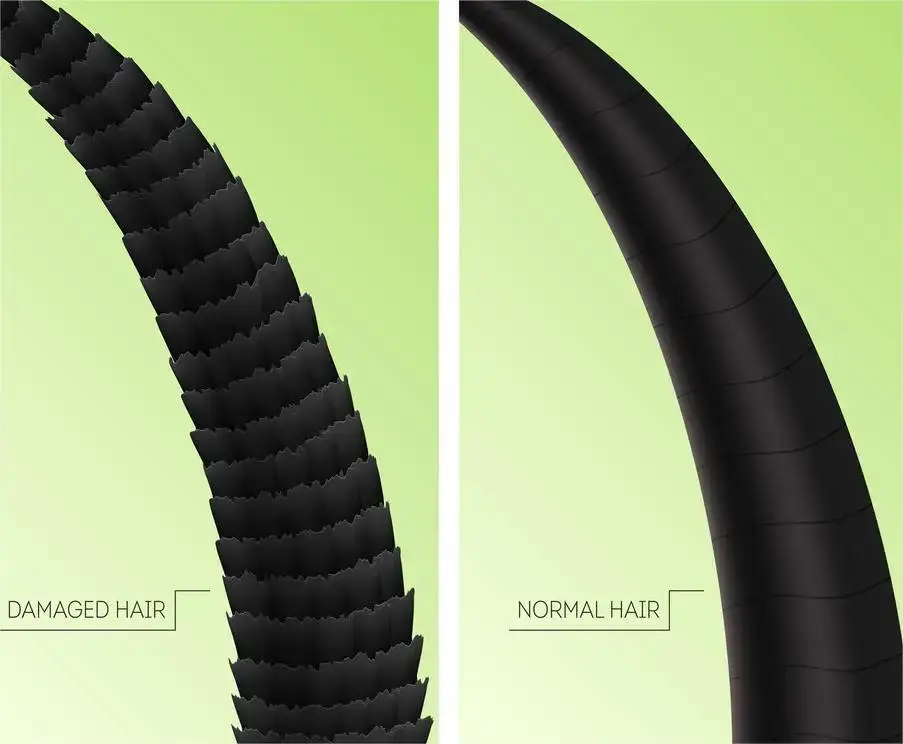
Final Thoughts and Tips
Alright, lovely folks, let’s wrap this up with some key takeaways. Remember, gentle towel drying is your best friend. Embrace natural air drying, and if you’re in a rush, sectioning your hair can speed things up. Don’t forget, a little bit of product goes a long way in managing frizz and maintaining hair health. And most importantly, be patient and kind to your hair – it deserves all your love!
For those of you hungry for more, there are plenty of resources out there. Check out blogs and YouTube channels dedicated to natural hair care. Books on hair health and forums where people share their no-heat hair care routines can also be goldmines of information. Don’t hesitate to dive in and discover more tips and tricks!
FAQs
Answering Your Most Common Questions about Non-Heat Hair Drying
Q: How long will it take my hair to dry naturally?
A: It varies based on your hair type and environment. Generally, it can take anywhere from 30 minutes to a few hours. Patience is key!
Q: Can I sleep with wet hair to let it dry overnight?
A: It’s not ideal as it can cause damage and tangling. If you must, sleep on a silk or satin pillowcase and loosely braid your hair.
Q: What’s the best way to prevent my hair from getting frizzy as it dries?
A: Use a leave-in conditioner or anti-frizz serum and gently pat your hair dry with a microfiber towel. Avoid rubbing!
Q: Is it okay to brush my hair while it’s wet to speed up drying?
A: Be cautious! Wet hair is more susceptible to breakage. Use a wide-tooth comb or a detangling brush designed for wet hair. Start from the ends and gently work your way up to avoid damaging your hair.
Q: Will air drying make my hair less shiny compared to blow drying?
A: Not necessarily. Air drying, in fact, can be gentler on your hair, preserving its natural oils and luster. If you’re missing that extra shine, a drop of hair oil or serum once your hair is dry can do wonders.
Q: Can I use any product on my hair while it’s drying naturally?
A: Absolutely! Leave-in conditioners, serums, and hair oils are great. Just be sure they’re suitable for your hair type and remember, a little goes a long way.
Q: How can I add volume to my hair when air drying?
A: To add volume, try flipping your hair upside down while it dries or gently scrunching the roots. You can also use volumizing sprays or mousses designed for wet hair.
